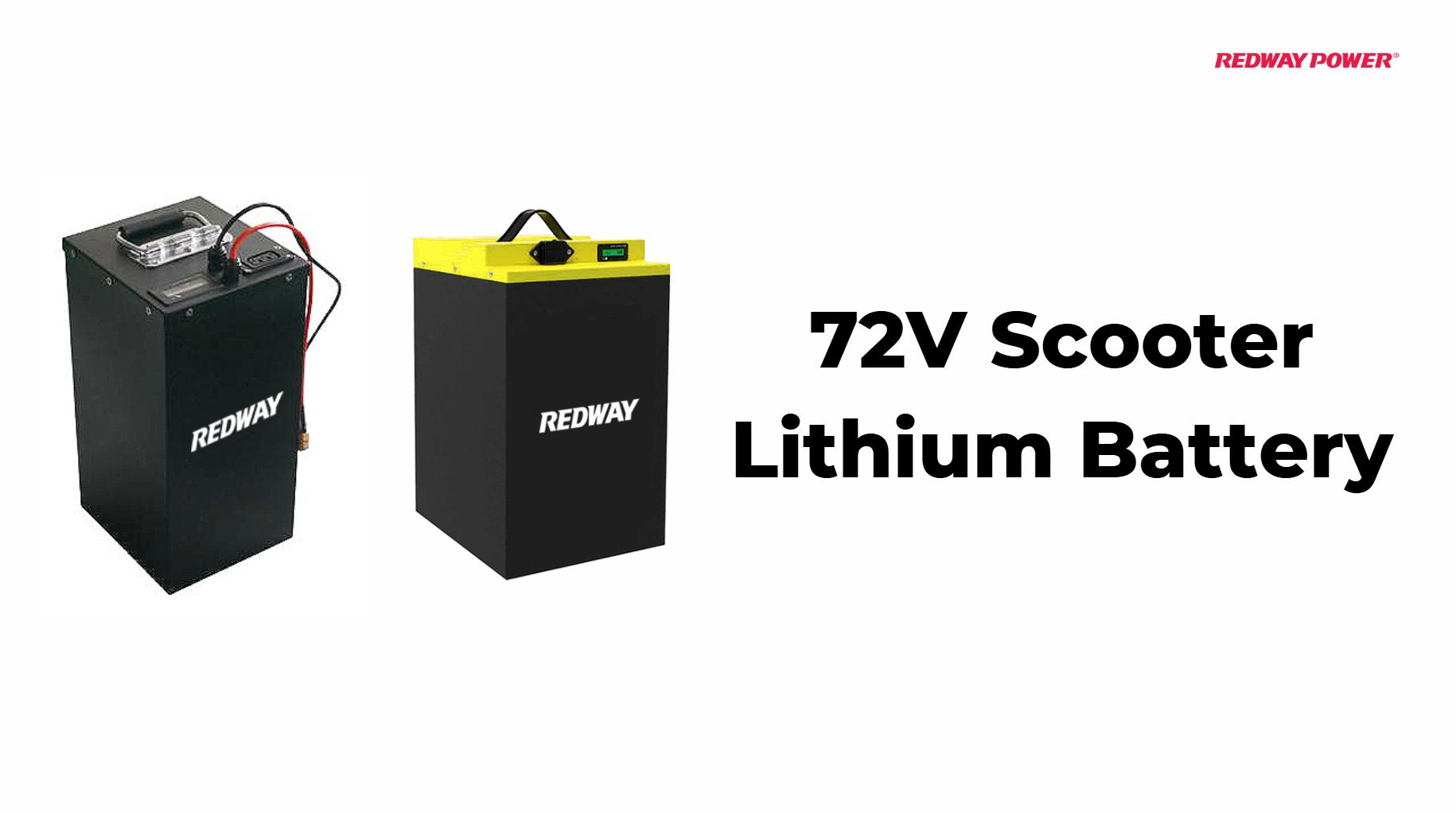How Can Power Stations Improve Their Efficiency?
Improving the efficiency of power stations is essential for reducing operational costs, minimizing environmental impact, and maximizing energy output. Techniques such as regular maintenance, adopting advanced technologies, and optimizing operational practices can significantly enhance the performance of power plants.
What Are Effective Methods to Enhance Thermal Power Plant Efficiency?
Several methods can be employed to enhance thermal power plant efficiency:
- Regular Maintenance: Keeping equipment in optimal condition prevents energy losses.
- Cogeneration: Utilizing waste heat for additional purposes increases overall energy use.
- Advanced Technologies: Implementing supercritical and ultra-supercritical steam cycles maximizes heat conversion.
| Method | Description |
|---|---|
| Regular Maintenance | Ensures all equipment operates at peak efficiency |
| Cogeneration | Reuses waste heat for heating or other processes |
| Advanced Technologies | Increases heat conversion rates |
How Can Regular Maintenance Impact Power Plant Performance?
Regular maintenance is crucial for sustaining high efficiency levels. By routinely inspecting and servicing boilers, turbines, and other critical components, plants can identify potential issues before they lead to significant downtime or energy losses. For instance, cleaning boiler tubes can enhance heat transfer and reduce fuel consumption.
| Maintenance Activity | Impact on Efficiency |
|---|---|
| Boiler Cleaning | Improves heat transfer, reducing fuel use |
| Equipment Inspections | Prevents breakdowns and unplanned outages |
| Calibration | Ensures systems operate within optimal parameters |
What Role Does Cogeneration Play in Improving Efficiency?
Cogeneration, or combined heat and power (CHP), allows power plants to capture and utilize waste heat generated during electricity production. This process not only improves overall efficiency but also reduces emissions by making better use of available energy resources. By converting waste heat into useful thermal energy, plants can significantly lower fuel consumption.
| Benefit | Description |
|---|---|
| Increased Efficiency | Utilizes waste heat for additional energy output |
| Reduced Emissions | Lowers carbon footprint by maximizing resource use |
How Can Advancements in Condenser Technology Improve Power Plant Efficiency?
Advancements in condenser technology, such as improved heat transfer surfaces, can lead to significant efficiency gains. For example, using materials like graphene has been shown to enhance heat transfer rates dramatically. This improvement reduces the amount of energy needed to condense steam back into water, thus increasing the overall thermal efficiency of the plant.
| Technology | Improvement |
|---|---|
| Graphene Coatings | Increases heat transfer by up to fourfold |
| Enhanced Surface Design | Reduces condensation resistance |
What Are the Benefits of Using Graphene Coatings in Condensers?
Graphene coatings provide a durable solution that enhances heat transfer while resisting degradation over time. Unlike traditional coatings that may fail under high temperatures and humidity, graphene maintains its properties, ensuring long-term performance improvements in condensers.
| Benefit | Description |
|---|---|
| Durability | Resistant to wear and high temperatures |
| Enhanced Performance | Improves overall condenser efficiency |
Why Is Optimizing the Steam Cycle Crucial for Efficiency?
The steam cycle is central to a power plant’s operation; optimizing it can lead to substantial gains in thermodynamic efficiency. This involves adjusting parameters such as pressure and temperature to minimize losses during steam generation, expansion, and condensation.
| Optimization Technique | Impact on Efficiency |
|---|---|
| High-Pressure Operation | Increases thermal efficiency |
| Improved Feedwater Heating | Reduces fuel consumption |
What Operational Practices Can Help Maintain Power Plant Efficiency?
Operational practices such as monitoring fuel combustion and adjusting air-fuel ratios are essential for maintaining high efficiency levels. Operators should regularly check parameters like excess oxygen levels in flue gases to ensure optimal combustion conditions.
| Practice | Importance |
|---|---|
| Monitoring Combustion | Ensures complete fuel utilization |
| Adjusting Parameters | Maintains optimal operational conditions |
How Do Controllable Parameters Affect Overall Plant Performance?
Controllable parameters such as boiler pressure and temperature directly influence a plant’s efficiency. Operators must understand how adjustments affect performance metrics and be trained to respond effectively to deviations from target values.
| Parameter | Effect on Performance |
|---|---|
| Boiler Pressure | Higher pressure typically increases efficiency |
| Excess Air Levels | Reducing excess air improves combustion efficiency |
Why Is Operator Training Important for Improving Efficiency?
Operator training is vital for ensuring that personnel understand how their actions impact plant performance. Well-trained operators are more likely to optimize processes effectively, respond to operational challenges promptly, and implement best practices that enhance overall efficiency.Latest News:
Recent innovations in power generation technologies focus on improving operational efficiencies across various types of plants. From advanced materials like graphene for condensers to enhanced training programs for operators, these developments aim to reduce emissions while maximizing output. As regulatory pressures increase, efficient practices become crucial for sustainability in energy production.Editor Comment:
Enhancing power station efficiency is not just about technology; it’s also about people,” states an industry expert. “Investing in operator training alongside technological upgrades creates a comprehensive approach that drives significant improvements across all facets of plant operations.”

